The November 2025 sky: Leonids, supermoon, and Uranus opposition
November 2025 sky: Leonids, supermoon and Uranus opposition
\nNovember offers a rich observing sky, blending spectacular meteor showers, bright evening planets, and notable lunar phenomena. The nights grow longer, light pollution recedes, and conditions are particularly favorable for amateur observing after the first hours of night. With a key week around November 17 for the Leonids and Uranus in opposition on November 21, this month mainly asks you to keep looking up when the sky is dark and clear.
\nThis guide offers a practical and accessible path, with concrete references on dates, directions, and typical observing times. It also highlights moments when the sky clears thanks to the lunar configuration: the Beaver Moon full Moon at the start of the month can wash out the faint meteors, but the New Moon on November 20 frees up nights ideal for meteors and comets. Finally, the planets shine in the evening and the period around November 21 puts Uranus in the spotlight thanks to its opposition.
\n\nPlanets visible in November 2025
\nIn November, two planets stand out in the evening sky: Jupiter and Saturn. Jupiter dominates the southwest sector shortly after sunset and remains very bright throughout the month. Look for its yellow-orange glow, easy to spot even far from artificial light. Saturn is also near the springtime planetary display, but lower and in a paler color: it can be spotted in the southern or southeast sky shortly after sunset and can be tracked during the first hours of the night with binoculars or a small telescope.
\nPractical tip: for both, favor clear evenings and a dark sky, far from the glow of city lights. Position yourself to observe toward the southwest after sunset and toward the south in the late evening. Note that the appearance of the planets may vary with your latitude, but their brightness remains a friendly aid for spotting them quickly.
\n\nMajor constellations to observe in November
\nNovember is rich in celestial figures easy to spot. Orion, Ursa Major, and Cassiopeia take their places in the vault of the sky and serve as useful reference points to locate other objects. Early in the evening, Orion is still low in the south; it then rises toward the south and southwest as the hours pass. Orion’s Belt and the stars of Taurus around Aldebaran and the Pleiades make ideal targets for naked-eye or binocular observations. Cassiopeia, very recognizable by its W-shape, is high in the north and can serve as a guide to find Perseus and Andromeda, two constellations that become more visible toward the end of the night.
\n\nFor beginners, a simple method is to spot a large silhouette (Orion, Cassiopeia) and then widen your gaze toward star clusters such as the Pleiades (in Taurus) and the Hyades (in Taurus) to appreciate the open clusters visible to the naked eye under a dark sky. In the middle and late night, Virgo and Centaurus appear in lower horizon regions; these constellations offer a variety of astronomical targets, double stars, and diffuse nebulae that fascinate both beginners and more experienced observers.
\nMeteor showers not to miss
\nNovember is particularly meteor-friendly, with two major showers overlapping in the second half of the month: the Taurids and especially the Leonids. The Leonids will peak around November 17, with rates estimated between 10 and 15 meteors per hour under a dark sky. It is one of the great autumn spectacles: fast meteors, often bright, radiating from a radiant in the constellation Leo. To maximize your chances, observe after midnight, when the radiant is high in the sky; find a clear place, far from light sources, and prepare to note the trajectories and colors of meteors, which appear and disappear in a fraction of a second.
\nThe Taurids are a more diffuse but persistent source throughout the month. Their rates remain modest, and appearances can be more sporadic, with a few bright meteors crossing the sky. For Taurids, irregularity is normal; observing for several hours increases the chances of seeing a few nice trails. The advice is simple: take a seat, get comfortable, and let your eyes adapt to the darkness. If you can, do 30 to 60 minute sessions in a row and note notable meteors, even if they aren’t at peak time.
\nImportant: the Moon can influence the visibility of the faintest meteors. With the Beaver Moon on November 5, lunar brightness can wash out fainter meteors; from the New Moon on November 20, the nights become darker, ideal for observing Leonids and comets thereafter. Plan your sessions around the Moon and favor the hours after Moonrise or, even more so, the hours after Moonset to maximize visible trails.
\n\nLunar phases and impacts on observing
\nThis month has two important lunar milestones: the Beaver Moon on November 5 and the New Moon on November 20. The full Moon of November 5 is a “supermoon” associated with maximal illumination and brighter-than-usual light. This brightness can eclipse the faint meteors and hinder observing details of lunar or cometary objects, but it offers a spectacular view of the Moon’s silvery face and its seas and relief features. On November 20, the new Moon completely darkens the lunar disk, providing dark skies conducive to observing meteors and comets in all their fineness. Finally, Uranus in opposition on November 21 places Uranus in the spotlight for observing this distant giant: it will shine in the night sky, visible with binoculars or a small telescope, and will lie near the region of distant stars, offering an interesting contrast with the fixed stars in the background.
\nPractical tip: when observing meteors, use a broad reference point and let your eyes adapt to the darkness. Slightly move your gaze, sweep different areas of the sky, and let your eyes pick out the bright trails that pierce the darkness. For Uranus, look for a bright star in a region crowded with stars; a small telescope or binoculars enhance the visibility of details on the planetary disk and the halos around it.
\n\nComets to watch in November 2025
\nTwo comets will draw the night sky’s attention in November: C/2025 A6 Lemmon and 24P/Schaumasse. Lemmon is a distant but potentially observable comet with binoculars or a small telescope, showing modest but visible brightness in a dark sky. In November, its position slowly moves across the night sky, with a faint diffuse coma and a discreet tail, especially favorable after dusk in the central or northern regions of the sky. Take time to scan the sky and spot the glow of a small nebula or a bright disk that hints at its presence.
\n24P/Schaumasse is a periodic comet that can also be observed with binoculars under suitable conditions. Its brightness is usually modest, but it may appear as a bright point and a diffuse trail when the sky is dark enough and the observation is pushed with a small telescope. In the weeks around November 21, monitor regions near the northwest after sunset to maximize your chances of spotting it.
\nPractical tip: for both comets, prefer observations after nightfall, when darkness is deepest and lighting conditions are best. Use 7x50 or 10x50 binoculars to start, then switch to a telescope if you have one. Note the positions and brightness variations, as comets can change rapidly with their cometary activity.
\n\nPractical observing tips
\n- \n
- Prepare your observing site away from light sources: towns, roads, and streetlights should be out of your line of sight. \n
- Dress warmly and plan to sit or lie down to stay comfortable during long sessions. \n
- Note the times and directions of objects observed, and keep a notebook or app to record your observations and sky preferences. \n
- Avoid using a bright white light; prefer a red flashlight to preserve night adaptation. \n
- For meteors, start around 22:00 or after midnight, when the radiants of the Leonids and Taurids appear most often near the zenith. \n
- Use binoculars or a small telescope for comets and planets, and don’t hesitate to verify your progress with sky charts or an astronomy app to locate objects in the sky based on your location and local time. \n
- Check local weather and sky transparency forecasts to plan your observing nights. Clear, low-humidity nights offer the best conditions for meteors and comets. \n
When to observe based on rise and set times
\nFor observers located in Western Europe, the times below give a general idea of favorable windows in November. Adapt them to your city and time zone:
\n- \n
- Early in the month (November 1–10): twilight lasts quite long; observe Jupiter and Saturn in late twilight toward the southwest or south, then move toward the north and east for constellations and fainter stars. \n
- Middle of the month (November 11–20): late hours offer better conditions, the Leonids’ radiant higher after midnight. Take advantage of the increasing darkness and monitor the Leonids around 23:00–02:00 local time. \n
- End of the month and before the new Moon (from November 21): Uranus in opposition on November 21 offers an ideal opportunity to observe it with binoculars or a small telescope; the Lemmon and Schaumasse comets become more accessible in the hours after sunset and during the second half of the night, when the Moon is at minimum or absent. \n
Practical tip: to observe meteors, favor the hours after sunset until late at night and choose windless nights with a stable atmosphere. For Uranus and the comets, opt for dark, stable skies, free of turbulence, to enjoy the details and halos around the comets.
\n\nConclusion: Lift your eyes and enjoy the show
\nIn November 2025, the night sky offers you a real autumn observing program: Leonids at their peak around the 17th, Taurids in the background, a supermoon on the 5th and a new Moon on the 20th that prepare the darkest nights for meteors and comets. Uranus in opposition on November 21 makes observing this giant of the solar system accessible even with simple equipment. Enjoy the observing evenings to learn the constellations, spot Jupiter and Saturn, then broaden your view to the comets and meteors crossing the celestial dome. Take time to listen to the silence of the nights, look to the north, south and east, and let the stars guide you through this autumn month that promises a rich and lively sky.
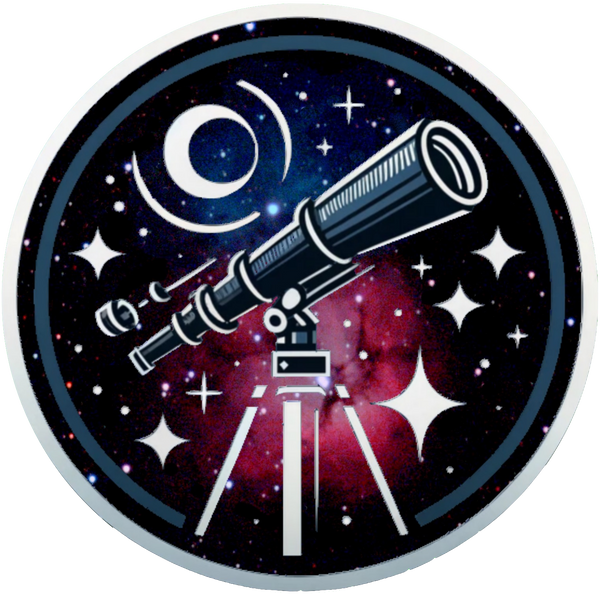
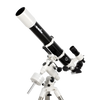 All
All
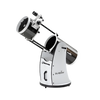 Dobson
Dobson
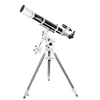 Refractors
Refractors
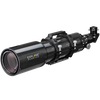 Ed & Apochromates
Ed & Apochromates
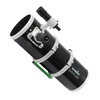 Newtonian reflector
Newtonian reflector
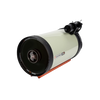 Schmidt Cassegrain
Schmidt Cassegrain
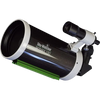 Maksutov-Cassegrain
Maksutov-Cassegrain
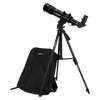 Solar
Solar
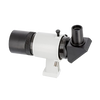 Researcher
Researcher
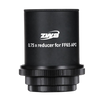 Focal reducer
Focal reducer
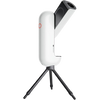 Intelligent
Intelligent
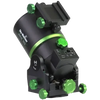 All
All
 Equatorial
Equatorial
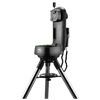 Alt/Az
Alt/Az
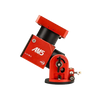 Harmonic
Harmonic
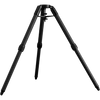 Tripods
Tripods
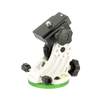 Accessories
Accessories
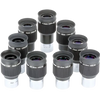 All
All
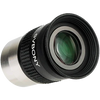 Wide angle
Wide angle
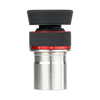 Zoom eyepieces
Zoom eyepieces
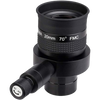 Reticulated eyepieces
Reticulated eyepieces
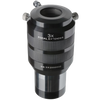 Barlow
Barlow
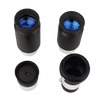 Plössl
Plössl
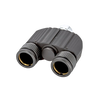 Binoculars
Binoculars
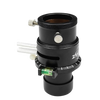 Atmospheric Corrector
Atmospheric Corrector
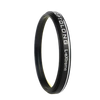 All
All
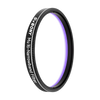 Visual
Visual
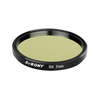 Photo
Photo
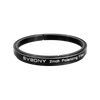 Polarisants
Polarisants
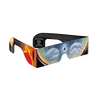 Solar Filters
Solar Filters
 Accessories
Accessories
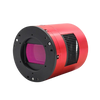 All
All
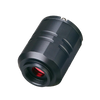 Color Cameras
Color Cameras
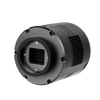 Monochrome Cameras
Monochrome Cameras
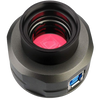 Planetary/Guiding
Planetary/Guiding
 Objectives
Objectives
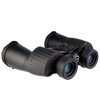 All
All
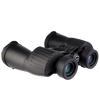 Binoculars
Binoculars
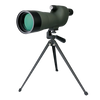 Spotting Scope and Monocular
Spotting Scope and Monocular
 Elbows
Elbows
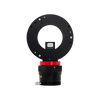 Optical Divider
Optical Divider
 Mirrors
Mirrors
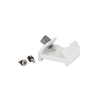 All
All
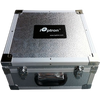 Bags and protections
Bags and protections
 Supports and counterweights,
Supports and counterweights,
 Camera adapters
Camera adapters
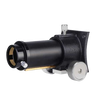 Focuser
Focuser
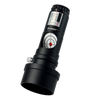 Collimation
Collimation
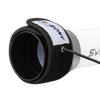 Heating band
Heating band
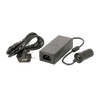 Cables
Cables
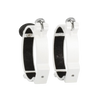 Collars
Collars
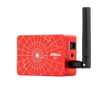 Computers
Computers
 Fans
Fans
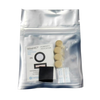 Others
Others
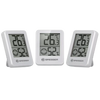 All
All
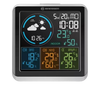 Weather Station
Weather Station
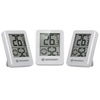 Thermometer
Thermometer
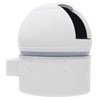 All
All
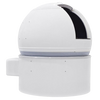 Observatory/Domes
Observatory/Domes
 Accessories
Accessories
 Askar
Askar
 Baader
Baader
 Bresser
Bresser
 Celestron
Celestron
 Explore Scientific
Explore Scientific
 GSO
GSO
 Optolong
Optolong
 Touptek
Touptek
 Vixen
Vixen
 ZWO
ZWO